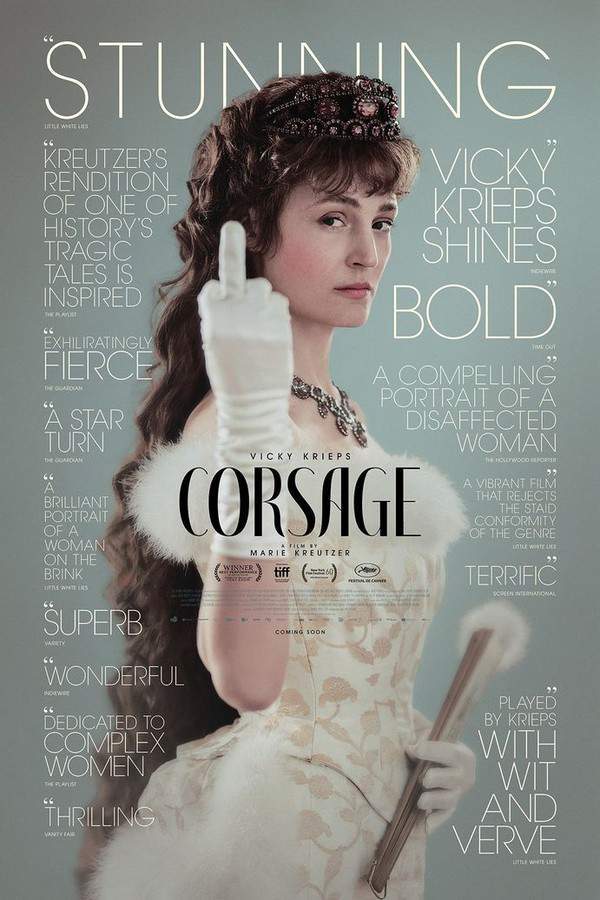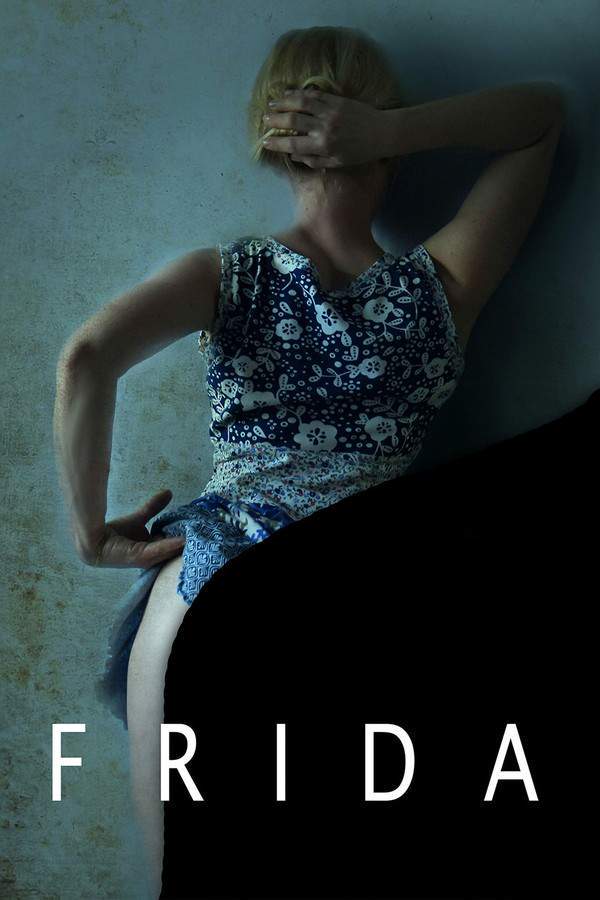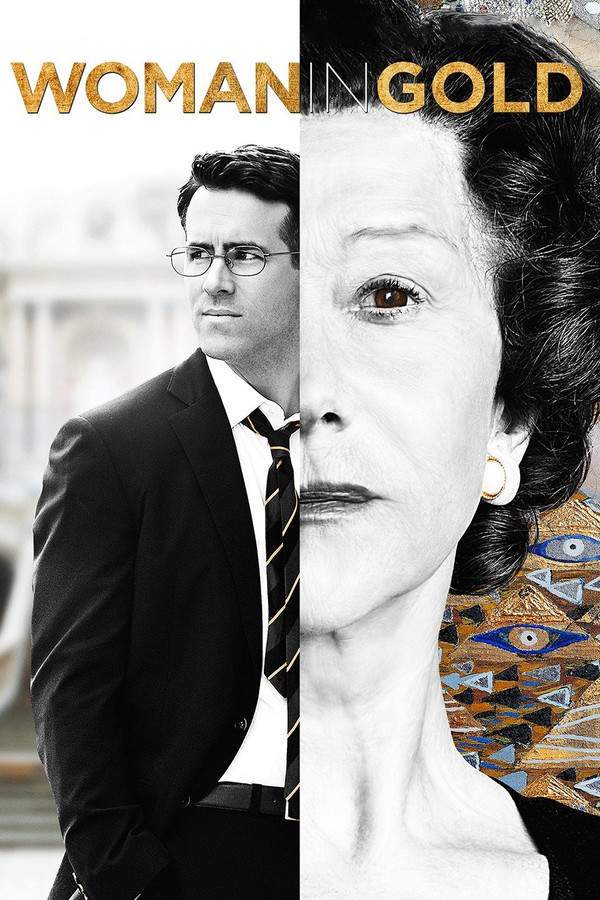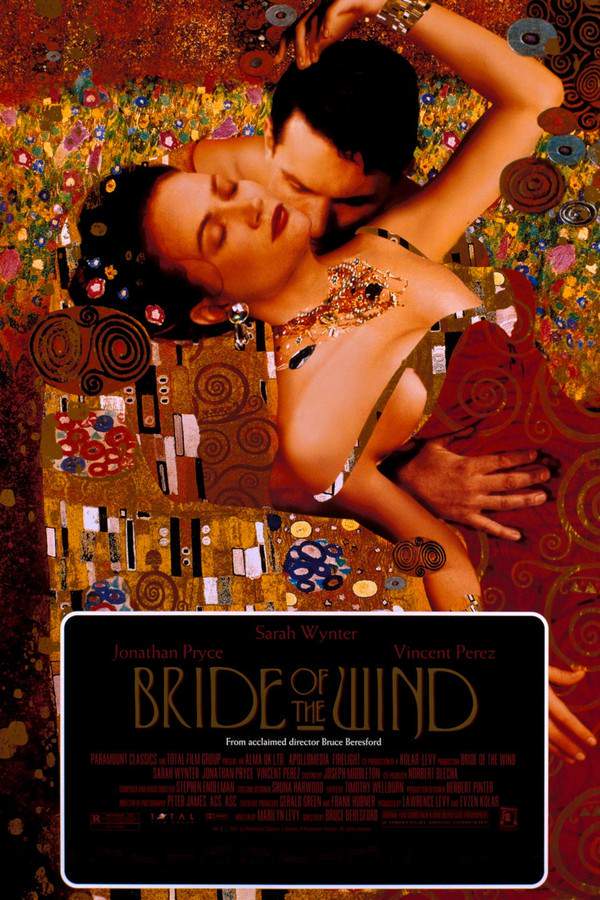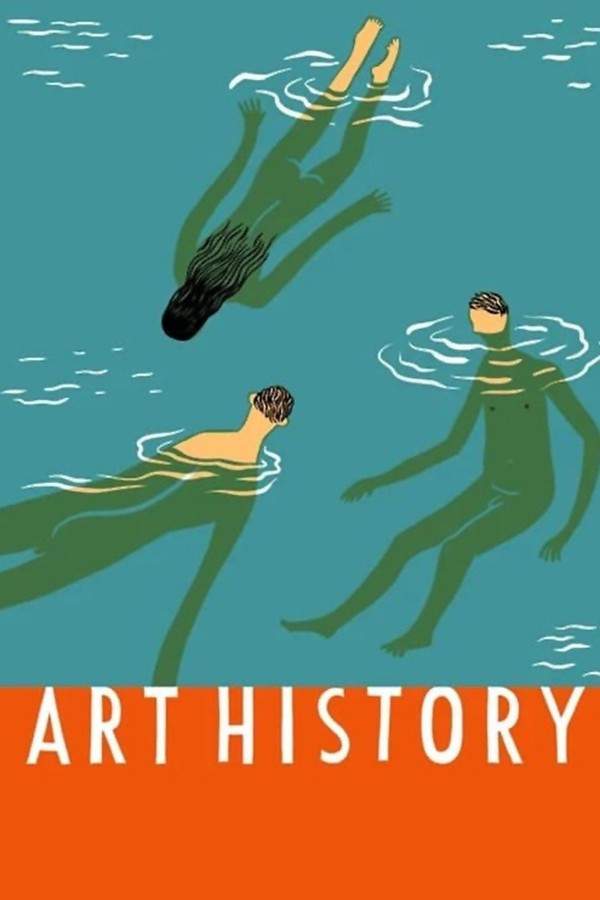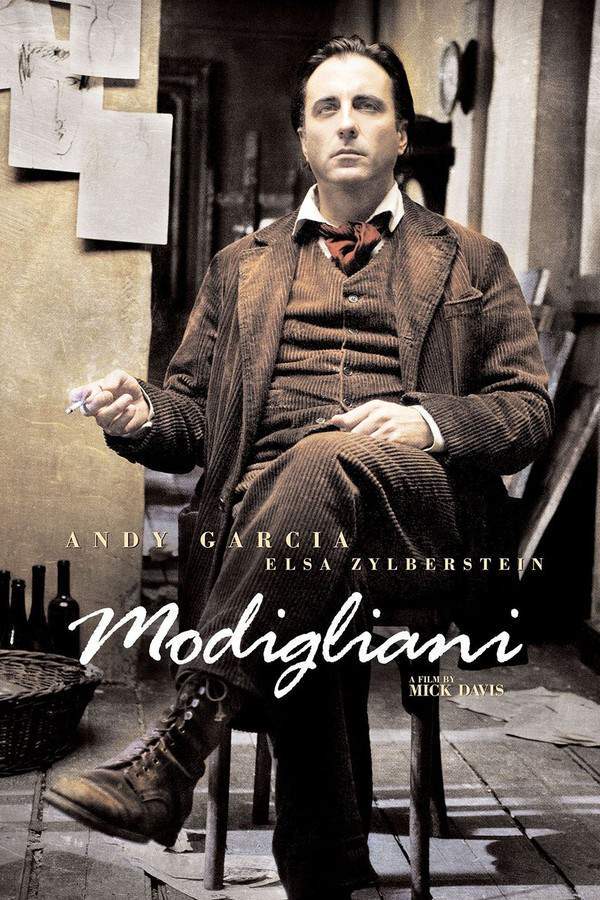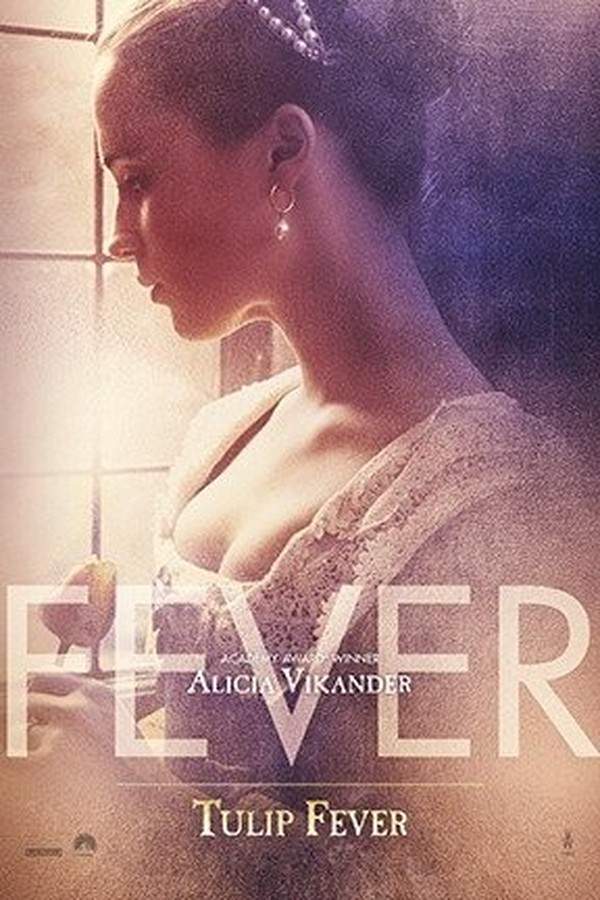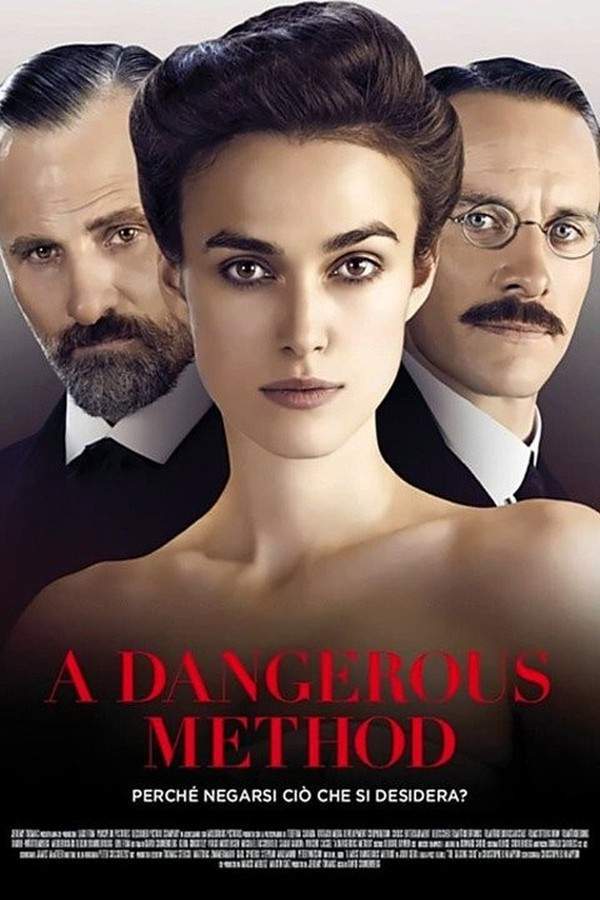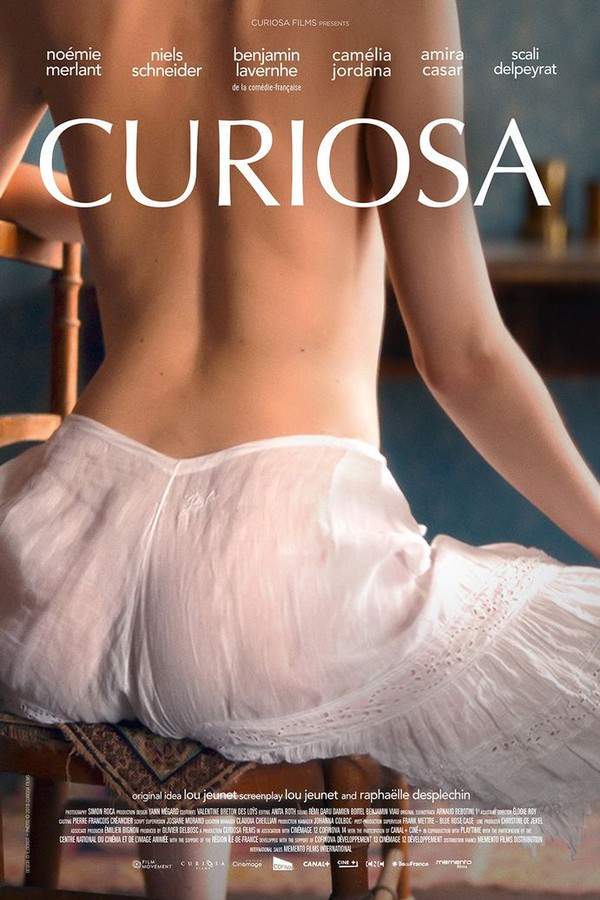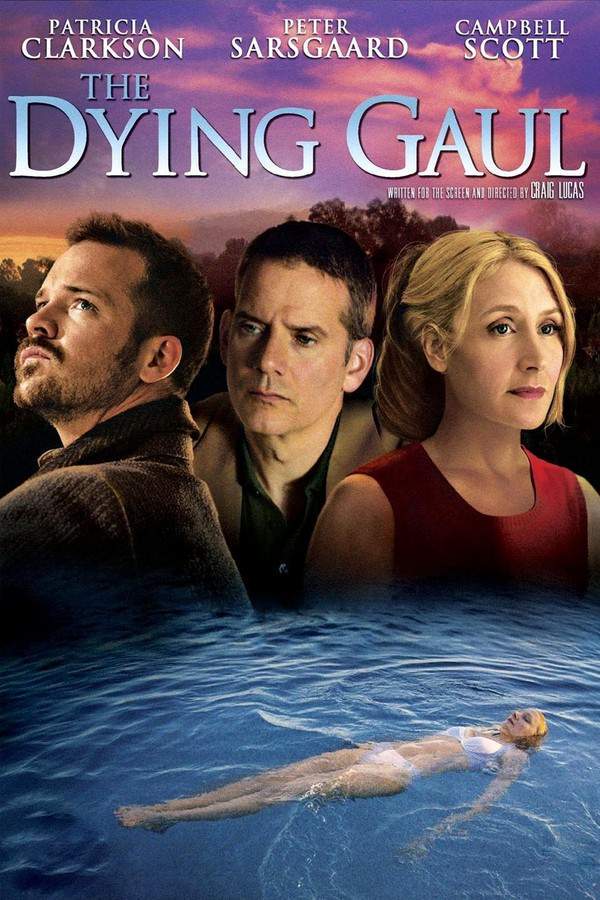
Klimt
Year: 2007
Language: English
Director: Raoul Ruiz
During Vienna's Golden Age, Gustav Klimt’s groundbreaking and often controversial artwork sparked a new artistic movement. His evocative paintings, filled with symbolism and sensuality, captivated audiences while his personal life became intertwined with passion, creativity, and public scandal. The film explores the complex relationship between the artist’s inner world and the opulent society that both celebrated and condemned him.
Warning: spoilers below!
Haven’t seen Klimt yet? This summary contains major spoilers. Bookmark the page, watch the movie, and come back for the full breakdown. If you're ready, scroll on and relive the story!
Klimt (2007) – Full Plot Summary & Ending Explained
Read the complete plot breakdown of Klimt (2007), including all key story events, major twists, and the ending explained in detail. Discover what really happened—and what it all means.
This art house film unfolds as a sequence of nearly two dozen vignettes drawn from the life of Gustav Klimt, presented through his recollections while he endures mercury treatment in a hospital for advanced syphilis. The framing paints Klimt as a towering figure in late-19th to early-20th-century Vienna, where his art is celebrated across society and his name is synonymous with a daring, radiant vision.
Across the dreamlike memories, Klimt’s lifelong fascination with the beauty of the female form drives both his art and his restless personal life. His studio is a constant theater of nude models who pose for his drawings and oil paintings, and he moves with a remarkable openness about sexuality, casually forming intimate relationships with many of these muses. The film suggests that several of these relationships yield children, a theme that threads through his recollections as he navigates memory, guilt, and artistic obsession. In one striking moment, a younger man is introduced to a prostitute as Klimt’s daughter during a visit to a local brothel; when asked if this is true, Klimt calmly replies that he does not know, and the evening continues.
A recurring figure appears in the visualized episodes: an unnamed government official who seems to secure commissions from the Ministry of Culture for Klimt. When a three-panel order arises, Klimt executes the canvases and they are displayed at a grand government reception. The reception’s reception is mixed, yet Klimt’s standing as a major artist is acknowledged, bridging divides between high and low officials who observe his triumphs with equal parts admiration and scrutiny. Throughout these scenes, the presence of Egon Schiele—another Austrian artist—visits Klimt at various points, appearing as a contemporary commentator and participant within Klimt’s life’s recollections.
The film also traces Klimt’s two principal love affairs: Emilie Floege, a friend from Austria, and Lea de Castro, an actress from Paris. His attraction to both women centers on their embodiment of beauty, and at one juncture he even contemplates marriage to Emilie on the condition that it be an open marriage, illustrating a complex stance toward companionship and freedom that runs counter to conventional expectations.
A haunting sequence places Klimt with his mother and sister, both of whom are under care in an asylum for the mentally ill. They confront him with questions about rumors of illegitimate children, and Klimt reiterates that he does not know how many children he fathered or where many of them are. As his mercury treatment continues, his memories increasingly foreground the aesthetic triumphs of his art—the glow of color, the tension of line, and the beauty he sought to capture—while moral judgments linger in the background as secondary to the creative life he prizes.
The narrative crescendos with Klimt’s passing during the course of the treatment, yet his final recollections remain saturated with the splendor of art. The film leaves viewers with a meditation on memory, fame, and the enduring impulse of a man who measured life not by norms, but by the transformative power of beauty and expression.
Last Updated: November 22, 2025 at 15:57
Unlock the Full Story of Klimt
Don't stop at just watching — explore Klimt in full detail. From the complete plot summary and scene-by-scene timeline to character breakdowns, thematic analysis, and a deep dive into the ending — every page helps you truly understand what Klimt is all about. Plus, discover what's next after the movie.
Klimt Timeline
Track the full timeline of Klimt with every major event arranged chronologically. Perfect for decoding non-linear storytelling, flashbacks, or parallel narratives with a clear scene-by-scene breakdown.

Similar Movies to Klimt
Discover movies like Klimt that share similar genres, themes, and storytelling elements. Whether you’re drawn to the atmosphere, character arcs, or plot structure, these curated recommendations will help you explore more films you’ll love.
Explore More About Movie Klimt
Klimt (2007) Scene-by-Scene Movie Timeline
Klimt (2007) Movie Characters, Themes & Settings
Klimt (2007) Spoiler-Free Summary & Key Flow
Movies Like Klimt – Similar Titles You’ll Enjoy
Corsage (2022) Complete Plot Breakdown
Frida (2002) Spoiler-Packed Plot Recap
Woman in Gold (2015) Detailed Story Recap
Bride of the Wind (2001) Ending Explained & Film Insights
Art History (2011) Ending Explained & Film Insights
Modigliani (2005) Detailed Story Recap
Tulip Fever (2017) Ending Explained & Film Insights
The Devil's Bath (2024) Full Movie Breakdown
A Dangerous Method (2011) Plot Summary & Ending Explained
Curiosa (2021) Movie Recap & Themes
Renoir (2013) Movie Recap & Themes
Das wilde Leben (2008) Film Overview & Timeline
My Golden Days (2016) Film Overview & Timeline
The Dying Gaul (2005) Ending Explained & Film Insights
Sisi & I (2024) Plot Summary & Ending Explained



